 |
 |
|
UER Store
|
|
 order your copy of Access All Areas today!
order your copy of Access All Areas today!
|
 |
 |
|
Activity
|
|
704 online
Server Time:
2024-04-24 16:03:07
|
|
 |
 dwtaylor999
  
Location: Unassigned Lands, Oklahoma
Gender: Male

 | |  | Old grain elevator
< on 5/29/2011 5:43 PM >
|  | | | One of two grain elevators built in the small town of Ralston, Oklahoma in the early part of the last century, this was the first one on the scene.

Finding the history of the old elevator has been tricky, as it's not of any significant historical importance and seems to have been unworthy of photographs. While mundane, it was a critical component of any agricultural community and was a necessity for a towns growth, or even survival.

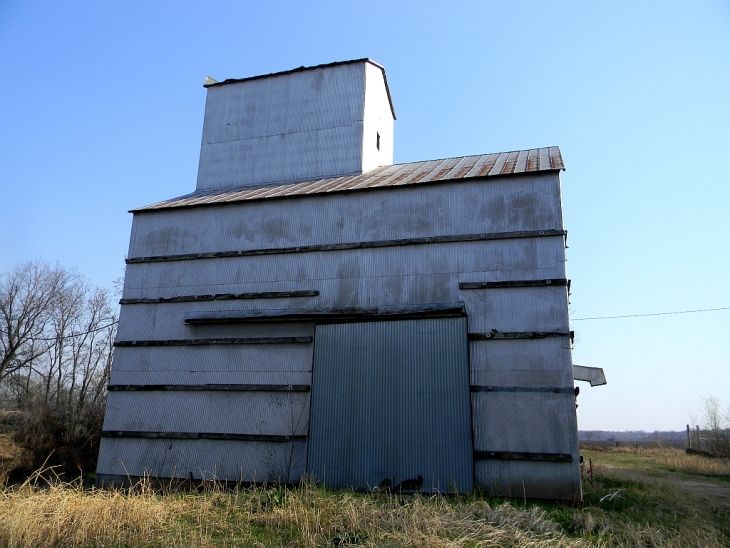

The best I can determine is the elevator was built between 1908 and 1910, followed by its cousin a mile north a year or so later. What is unique is the construction. The main oak beams where from the lumber mill in the nearby town of Pawnee and bits of bark can still be seen on some of the beams, many of which are massive. The typical construction of these elevators was to join several large boards for main supports, but in this case, the main supports were single large wooden beams, and must have been a challenge to get into place.
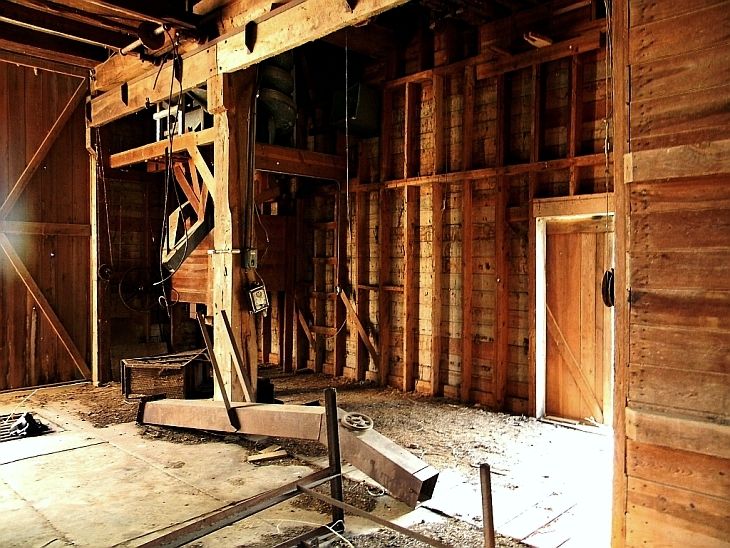
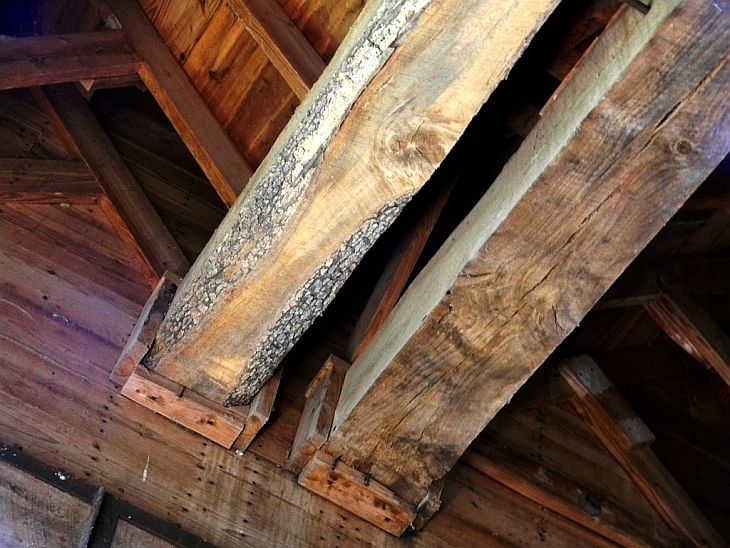


I've heard of, but have never seen, that some of these old elevator conveyors were powered by external steam engines, and were later converted to electric motors. That was not the case here as the town had electricity early on from its own water and light plant, which consisted of a city well and two gasoline generators. Today, people take electricity, running water, and telephone service for granted, but it was something of a challenge in the early days, as there was no "grid" to tap into. If they wanted it, towns simply had to provide their own electricity, water and telephone service. This made me curious if anything remained of the old water and light plant, so after some hunting, I found an old town map from 1915 that referenced it in an insert, but didn't show it's location. Luckily some local help pointed me in the right direction. This is the remains of the old city well, pump house, and power building, which had housed the generators. They were on the edge of town, I'm sure intentionally, as nobody would've wanted to live next door to generators running 24/7.

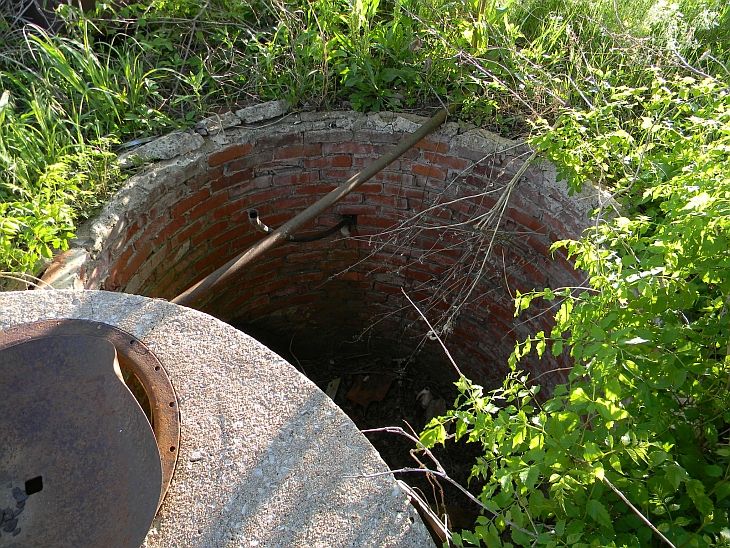
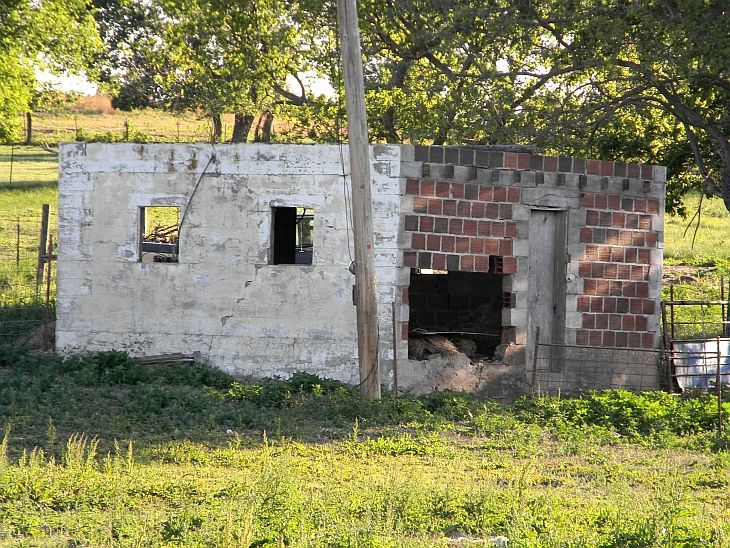
The rural electric cooperatives formed under the "New Deal" provided smaller towns and rural areas with affordable access to reliable power, and the need for locally generated power ended. The old well was eventually replaced by a larger well and water treatment plant.
The elevator was the primary means of storing and shipping grain for the area, mostly wheat. Shipment was via rail cars, which could be filled directly from the elevator. It used the bucket style conveyor belt common to the era, "elevating" grain from the storage areas and then redistributing it via gravity through wooden chutes to the appropriate location. This was controlled by a series of levers and selectors, and was pretty easy to screw up.
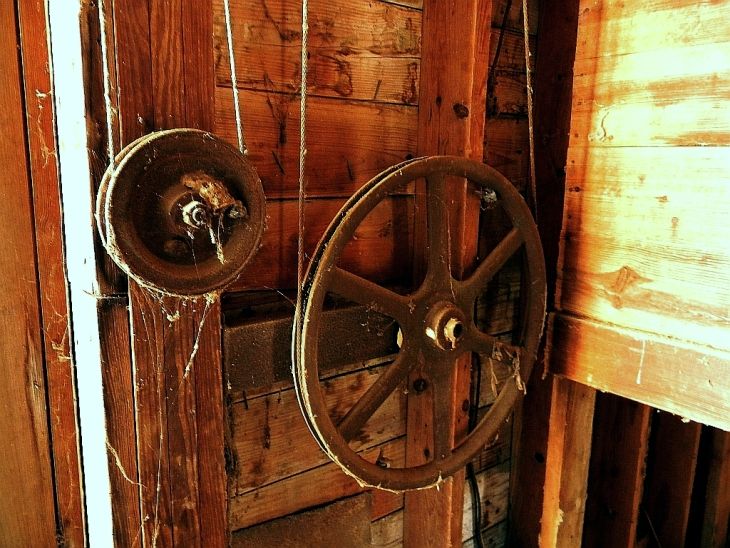
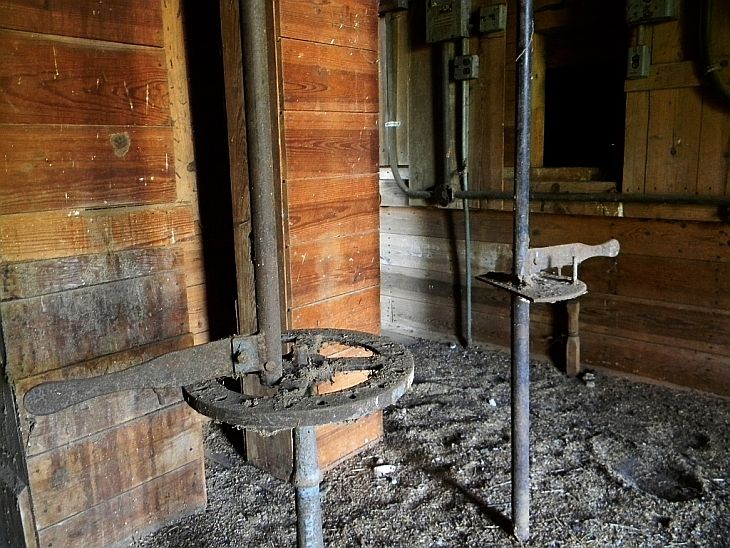

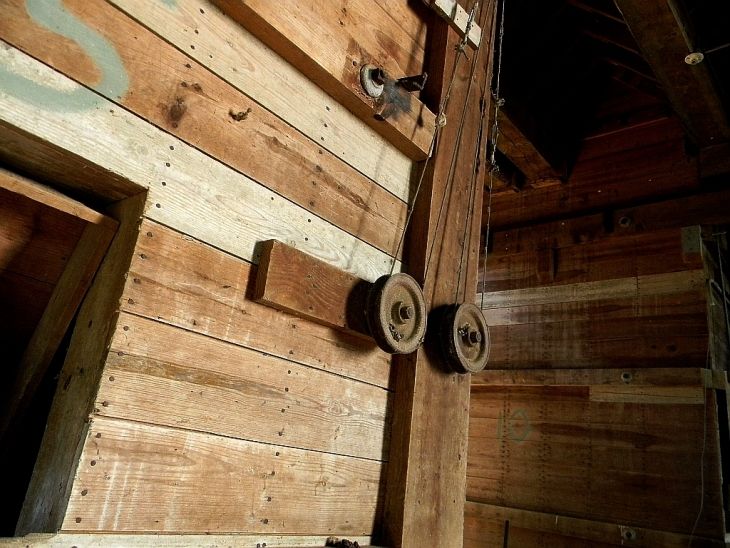
As technology progressed, more modern screw augers were added, which moved the grain much more rapidly. It doesn't appear that the elevator had a grain dryer, which would explain at least one of the reasons why the Farmers Coop elevator became the primary elevator in the 1940s.

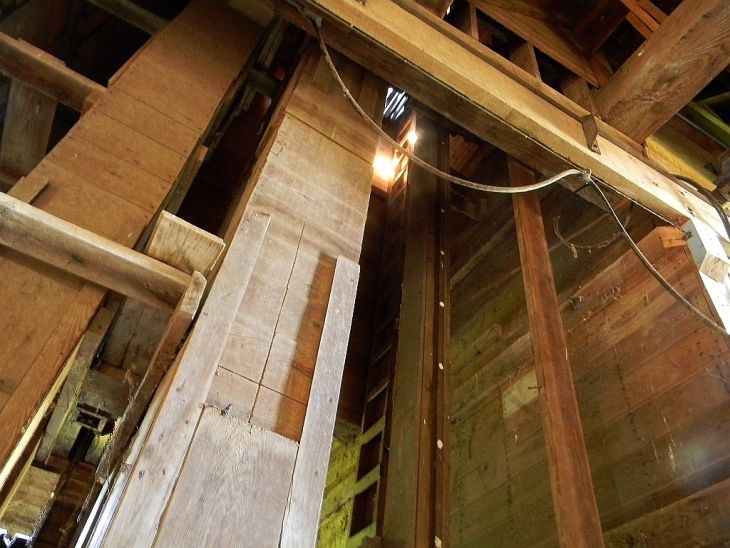
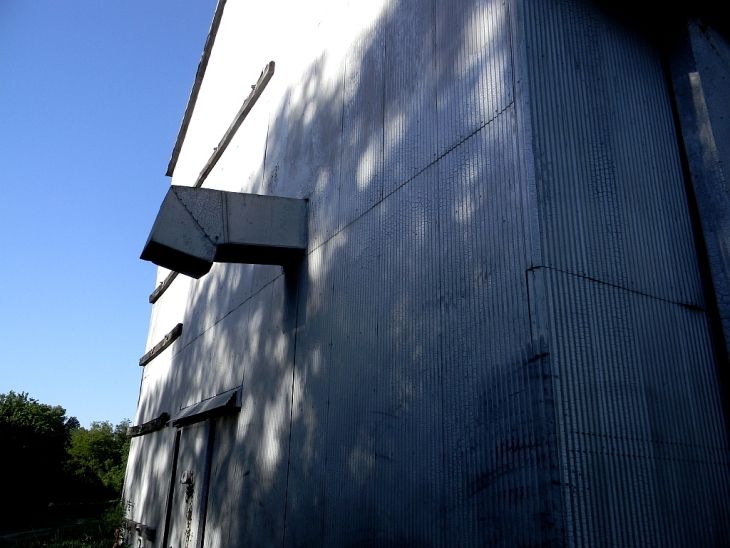


Many of the early farm trucks and trailers didn't have a dump capability, requiring manpower to shovel the grain to the trap in the back, which was hard and dusty work. Dump capability was eventually added to farm trucks, and the bed was lifted by a large electric wench mounted in the elevator itself. As hydraulic dumps became available, it was only used if a trucks hydraulics system failed, such as from a blown line.
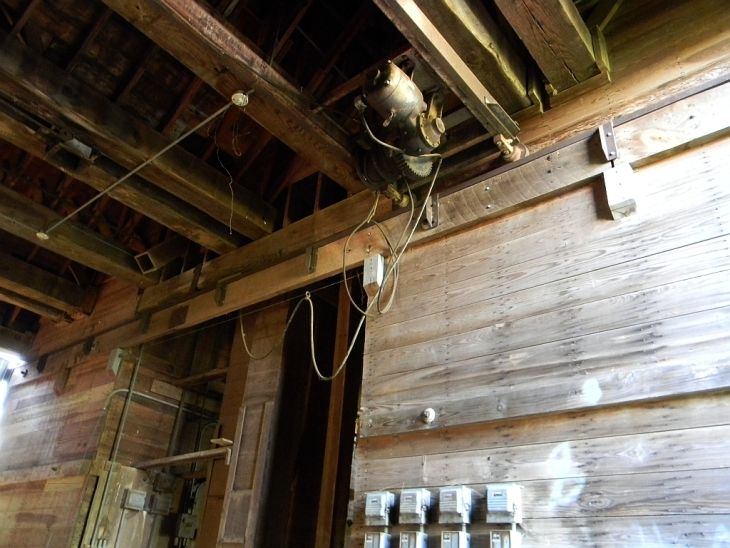
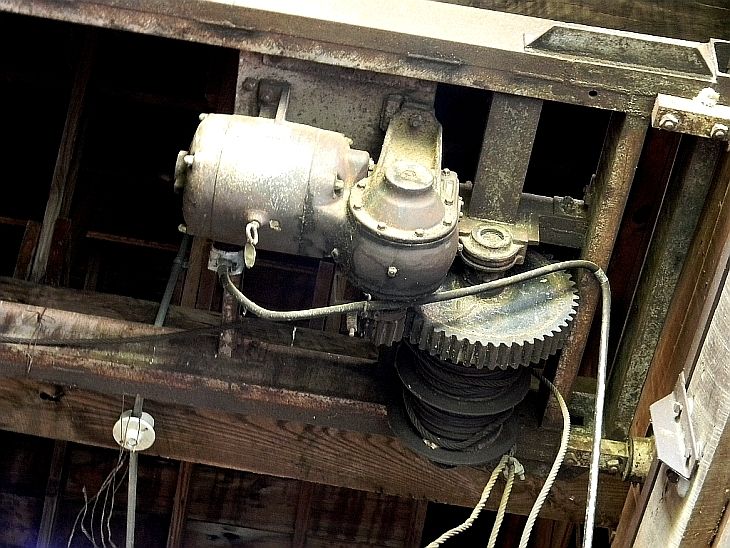
The chute for loading the rail cars. The old Sante Fe tracks where next to the elevator.

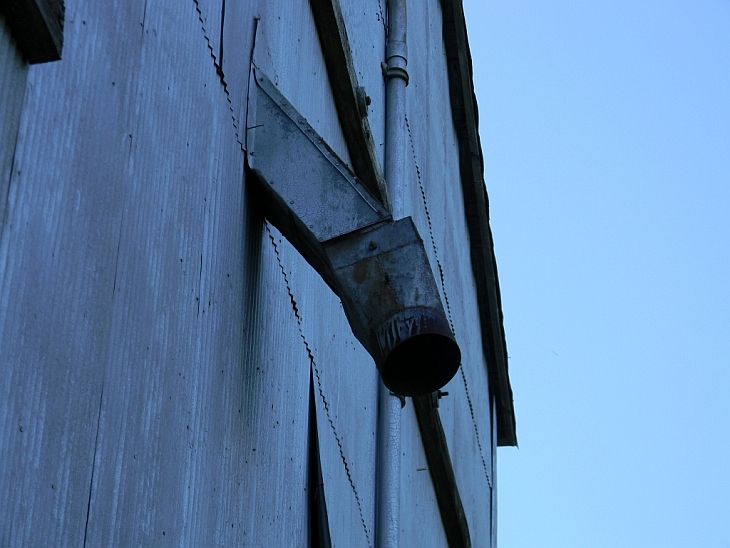
Grain and seed could also be offloaded from the train into the elevator.

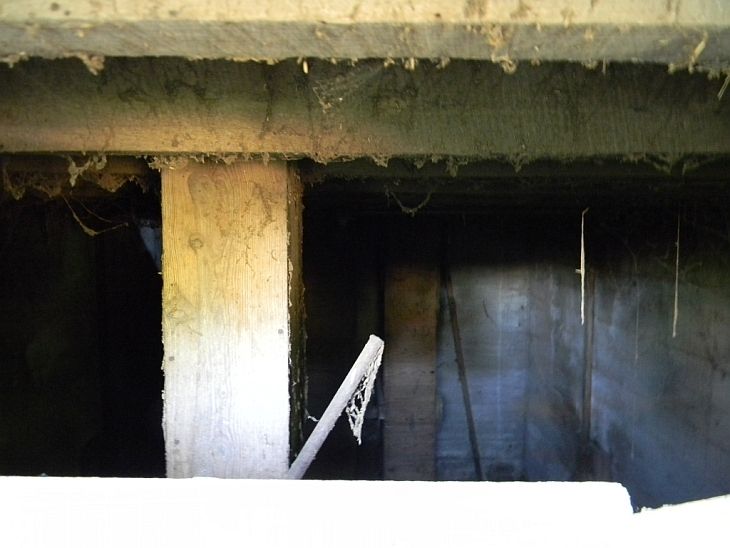
The harvest was brought in via truck or wagon through one side and out the other. The grain had to be unloaded as quickly as possibly, and farmers were usually lined up to unload their grain. It was critical to get the harvest out of the field as soon as possible as they were, and still are, at the mercy of the weather. The grain fed through a grill in the floor into a central pit, and from there could be moved to other storage areas.
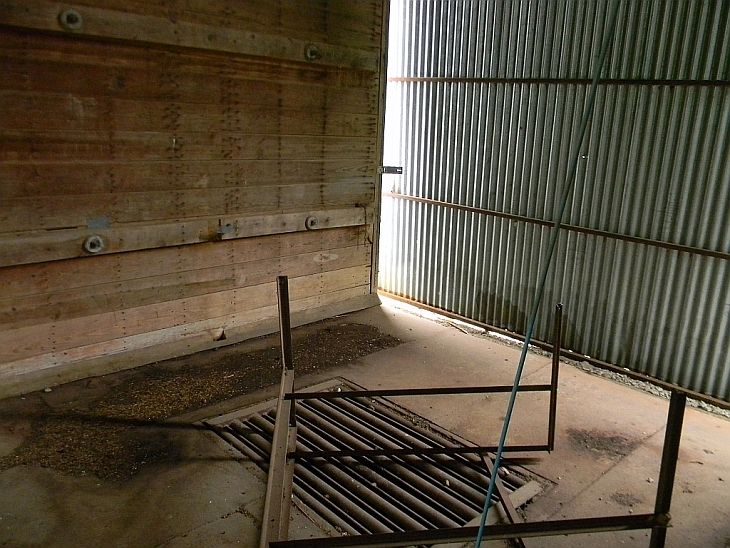
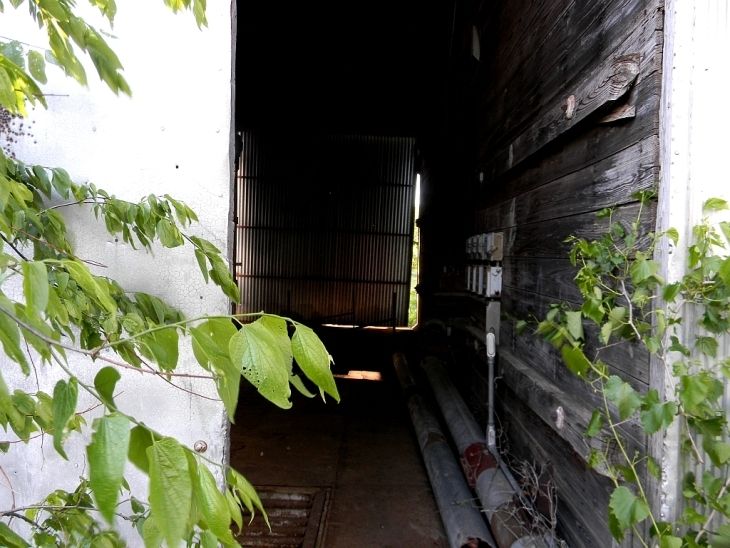

The setup was complicated, controlled by levers, pulleys, and selectors, which determined where to grain was sent. It was prone to jams and plugs, so there were many climbs up the ladder to clear the problems. I'm sure they were very happy when the man lift was installed, but they tended to be temperamental themselves. I started to climb to the top, using the ladder but the second board came off in my hand. Damn termites.

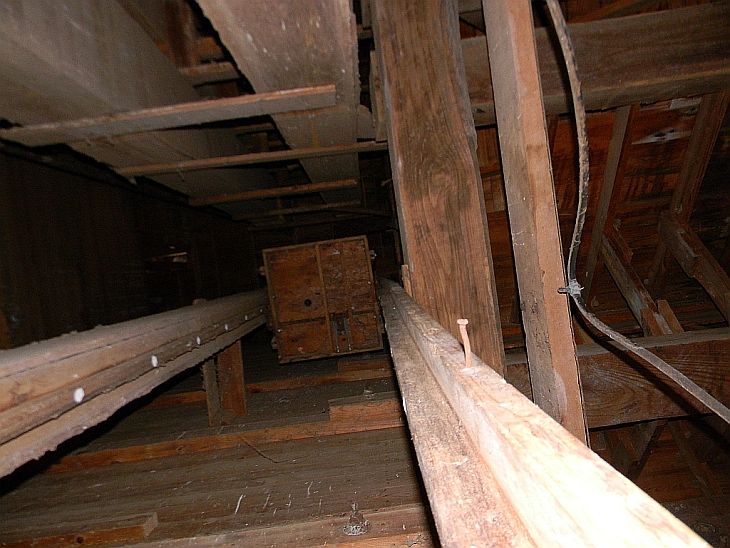
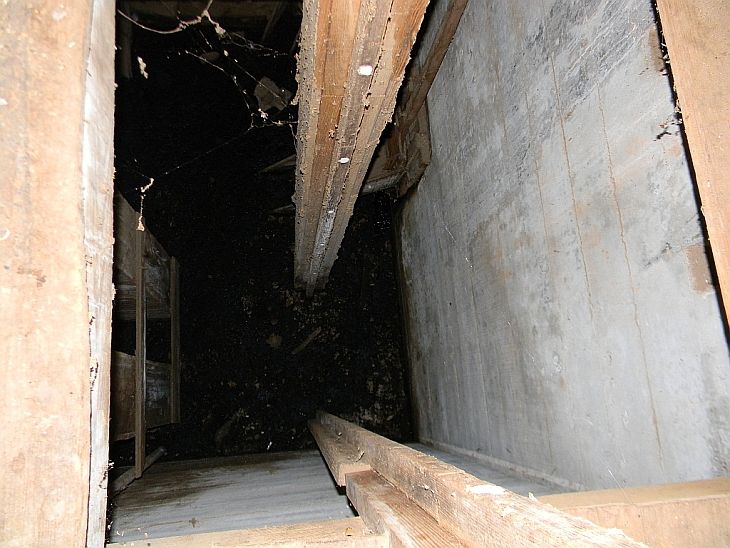
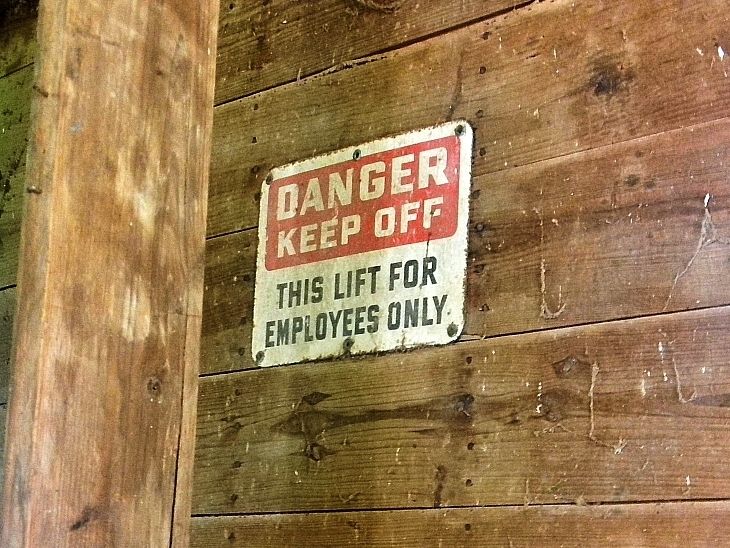
While very small compared to more modern elevators, it was considered quite impressive in its day. Though this elevator was vastly outsized by its the much larger Farmers Coop elevator built about a mile north, it remained in general use up until the 1960's, with improvements added over time, such as the man lift and external storage bins to increase its capacity. The Farmers Coop.
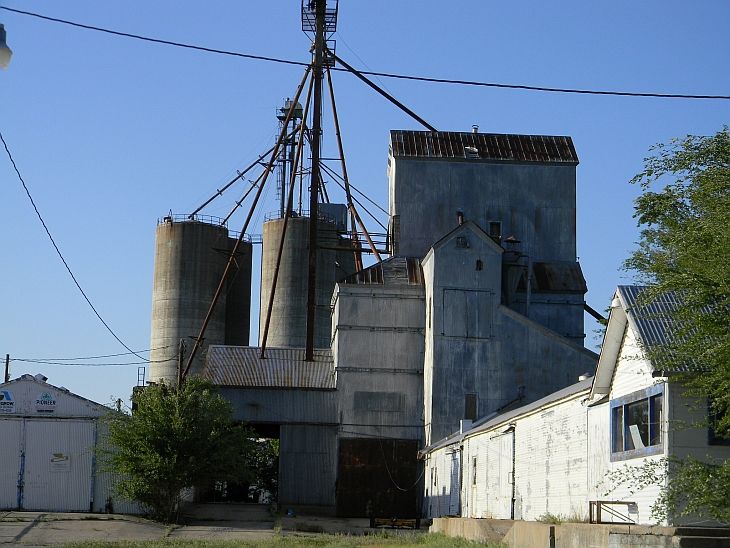
Its final use was for private grain storage until the late 1980s. With farm consolidation, the arrival of the Port of Catoosa near Tulsa in the early 1970s, which was close enough to make direct truck shipping feasible, and abandonment of the rail lines, the need for local elevators in the area had passed. Both this and the Farmers Coop elevator have both gone silent and have been left to their own devices.
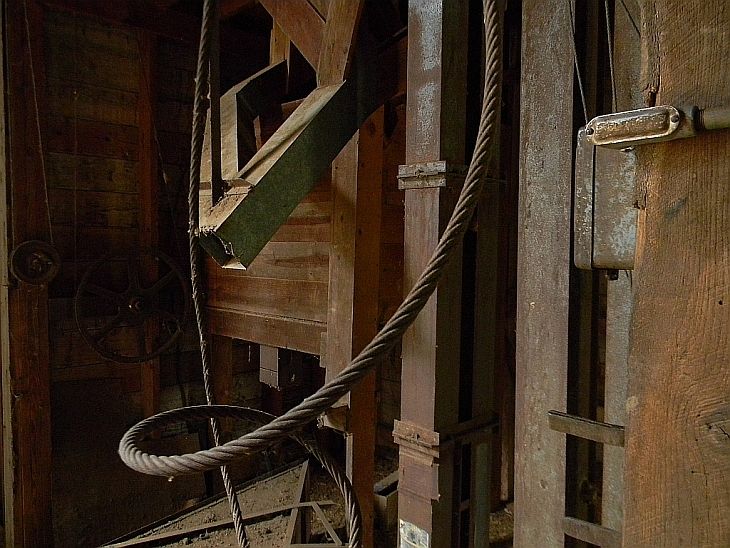
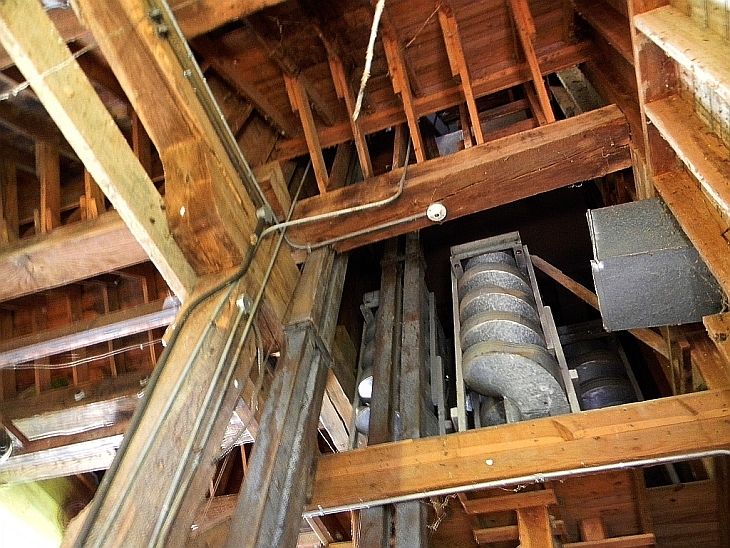
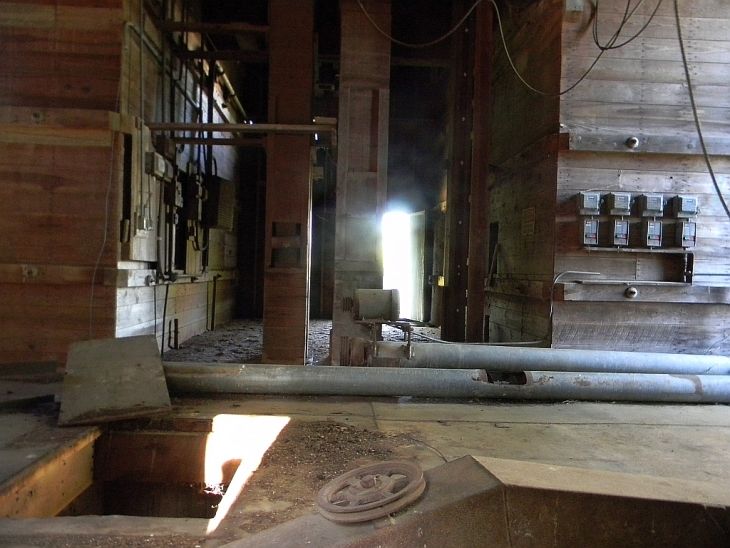
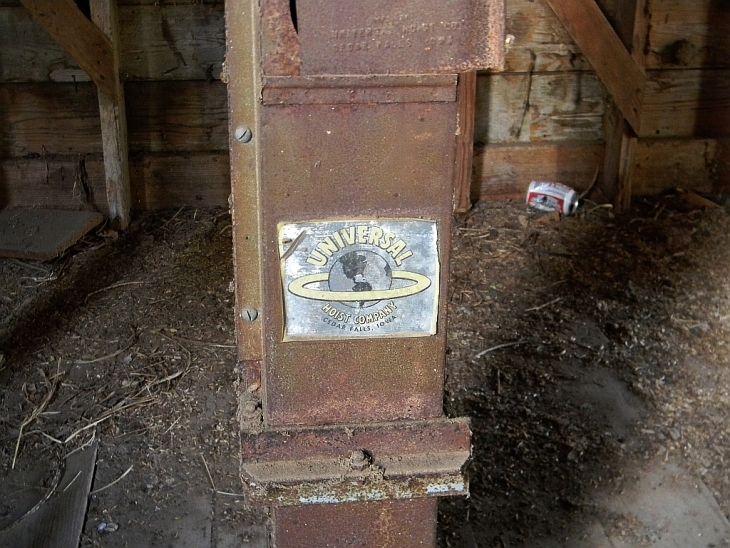
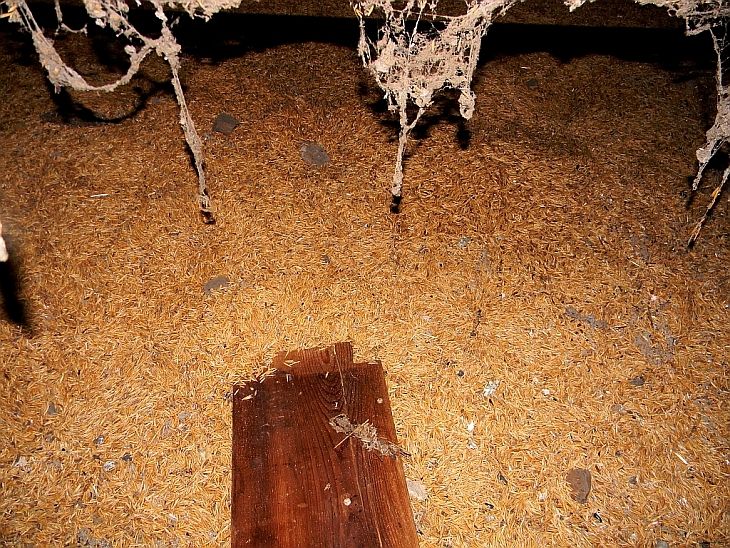
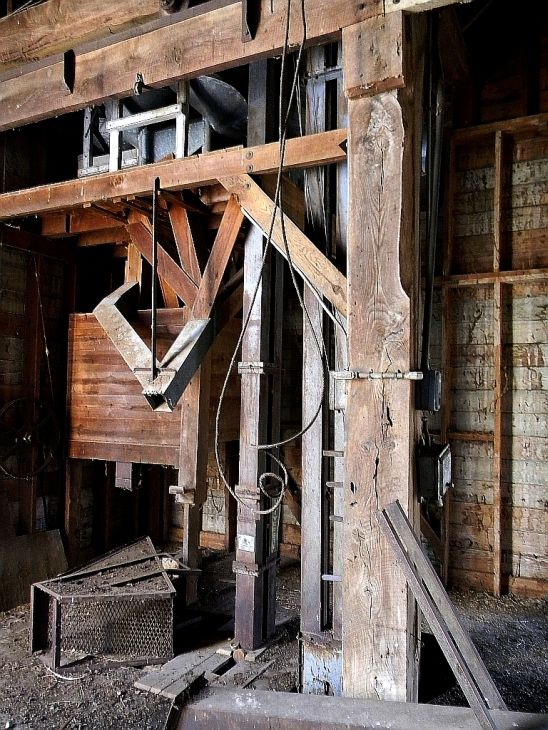

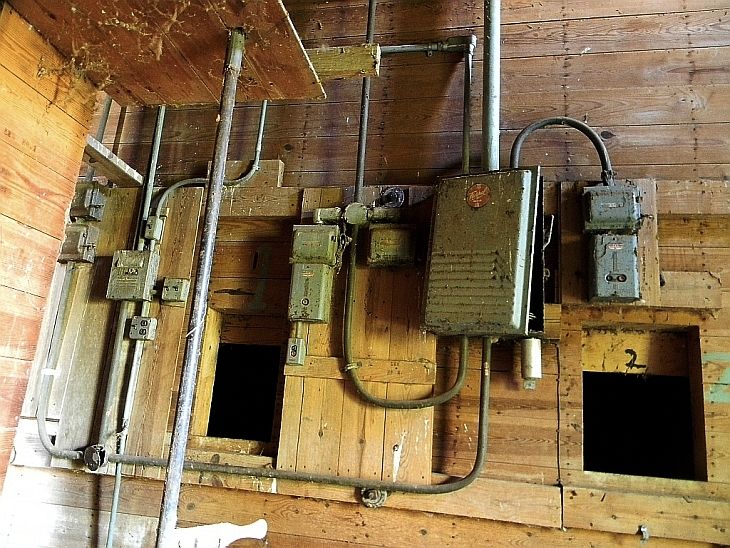
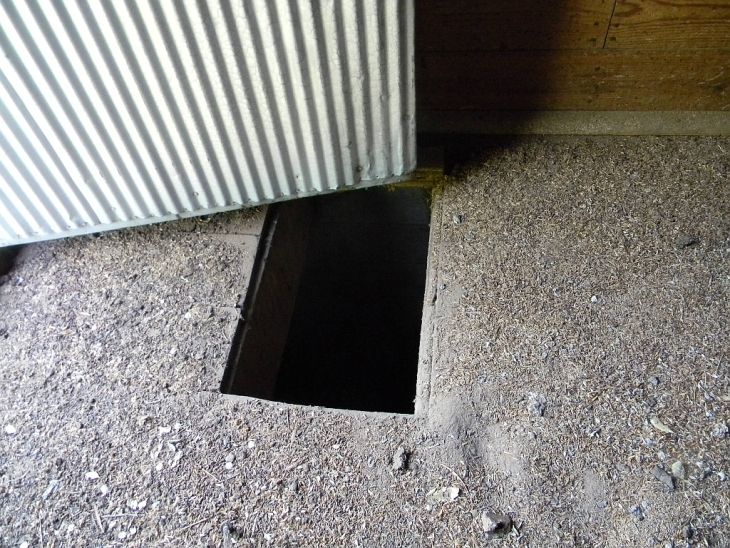
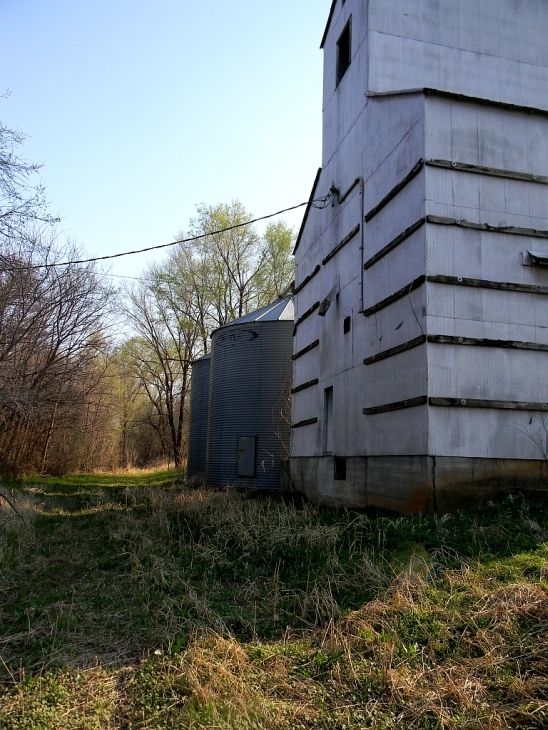
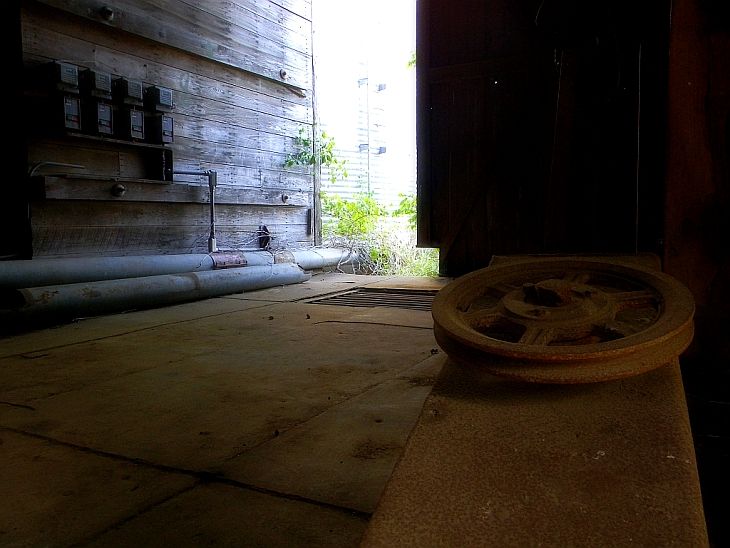
The structure is still basically sound, though the termites have caused some damage. Barring a fire or act of nature, the old elevator should continue to stand for decades, a silent reminder of days past.

[last edit 5/29/2011 5:49 PM by dwtaylor999 - edited 2 times]
Ruins, the fate of all cities. |
|
|
|
All content and images copyright © 2002-2024 UER.CA and respective creators. Graphical Design by Crossfire.
To contact webmaster, or click to email with problems or other questions about this site:
UER CONTACT
View Terms of Service |
View Privacy Policy |
Server colocation provided by Beanfield
This page was generated for you in 171 milliseconds. Since June 23, 2002, a total of 738929735 pages have been generated.
|
|

 order your copy of Access All Areas today!
order your copy of Access All Areas today!















































